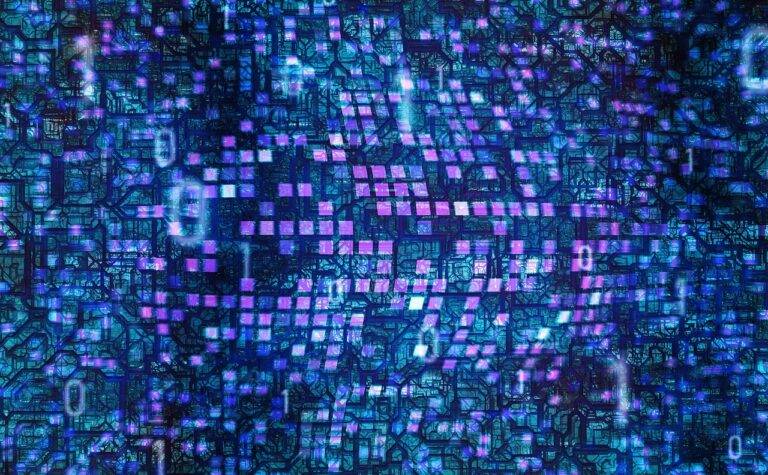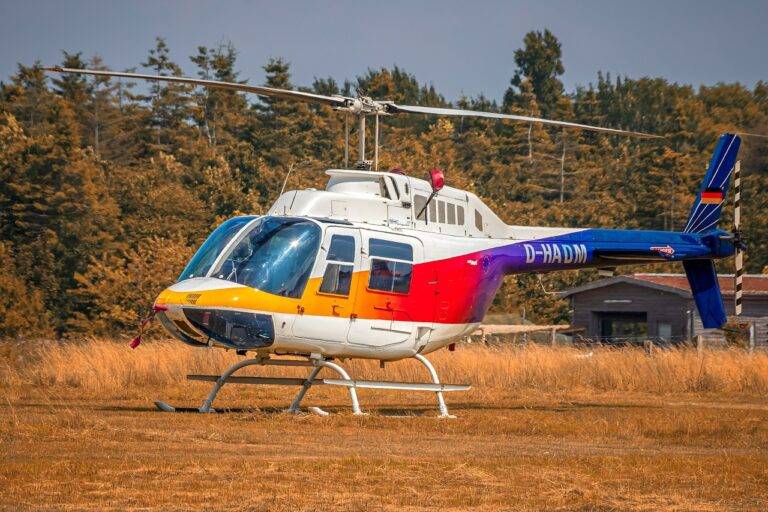Tech in Environmental Conservation: The Rise of Smart Sensors
Technology has played a crucial role in transforming the field of environmental conservation. One of the most significant advancements in this area is the rise of smart sensors. These small, interconnected devices are revolutionizing the way we monitor and protect our natural surroundings. In this article, we will explore the various applications of smart sensors in environmental conservation and how they are helping to safeguard our planet for future generations.
The Importance of Environmental Conservation
Before we delve into the role of smart sensors in environmental conservation, let’s take a moment to understand why this field is so important. Our planet is facing a multitude of environmental challenges, from climate change and deforestation to pollution and habitat destruction. It is crucial that we take action to preserve the earth’s delicate ecosystems and ensure a sustainable future for all living beings.
What are Smart Sensors?
Smart sensors are sophisticated devices that are capable of collecting and transmitting data in real-time. These sensors are equipped with a variety of technologies, such as GPS, RFID, and wireless communication protocols, to capture information about their surroundings. They can detect changes in temperature, humidity, air quality, and other environmental factors, providing valuable insights into the health of our ecosystems.
Applications of Smart Sensors in Environmental Conservation
Smart sensors have a wide range of applications in environmental conservation, from monitoring wildlife populations to tracking air and water quality. Here are some of the key ways in which these devices are being used to protect our planet:
1. Wildlife Monitoring
Smart sensors are being used to track the movements and behaviors of wildlife species, helping researchers better understand their habitats and migration patterns. By collecting data on animal populations, conservationists can identify threats to endangered species and develop strategies to protect them.
2. Air and Water Quality Monitoring
Smart sensors can detect pollutants in the air and water, providing valuable information about environmental contamination. By monitoring air and water quality levels, scientists can assess the impact of human activities on the environment and take steps to mitigate pollution.
3. Climate Change Research
Smart sensors are instrumental in studying the effects of climate change on ecosystems. By collecting data on temperature, precipitation, and other climate variables, researchers can track the progression of global warming and its impact on biodiversity.
4. Habitat Monitoring
Smart sensors are used to monitor changes in habitats, such as deforestation, urbanization, and land degradation. By tracking these changes, conservationists can identify areas that are at risk and implement measures to protect them.
5. Precision Agriculture
Smart sensors are being used in precision agriculture to optimize crop production and reduce environmental impact. By monitoring soil moisture levels, nutrient content, and crop health, farmers can make informed decisions about irrigation, fertilization, and pest control.
The Future of Smart Sensors in Environmental Conservation
The future of smart sensors in environmental conservation looks promising, with new technologies and applications emerging every day. As these devices become more sophisticated and affordable, their potential to revolutionize the field of conservation will only continue to grow. By harnessing the power of smart sensors, we can better protect our planet and ensure a sustainable future for all living beings.
FAQs
What are smart sensors?
Smart sensors are sophisticated devices that are capable of collecting and transmitting data in real-time. These sensors are equipped with a variety of technologies, such as GPS, RFID, and wireless communication protocols, to capture information about their surroundings.
How are smart sensors used in environmental conservation?
Smart sensors are used in a variety of ways in environmental conservation, including wildlife monitoring, air and water quality monitoring, climate change research, habitat monitoring, and precision agriculture.
What is the future of smart sensors in environmental conservation?
The future of smart sensors in environmental conservation looks promising, with new technologies and applications emerging every day. As these devices become more sophisticated and affordable, their potential to revolutionize the field of conservation will only continue to grow.





